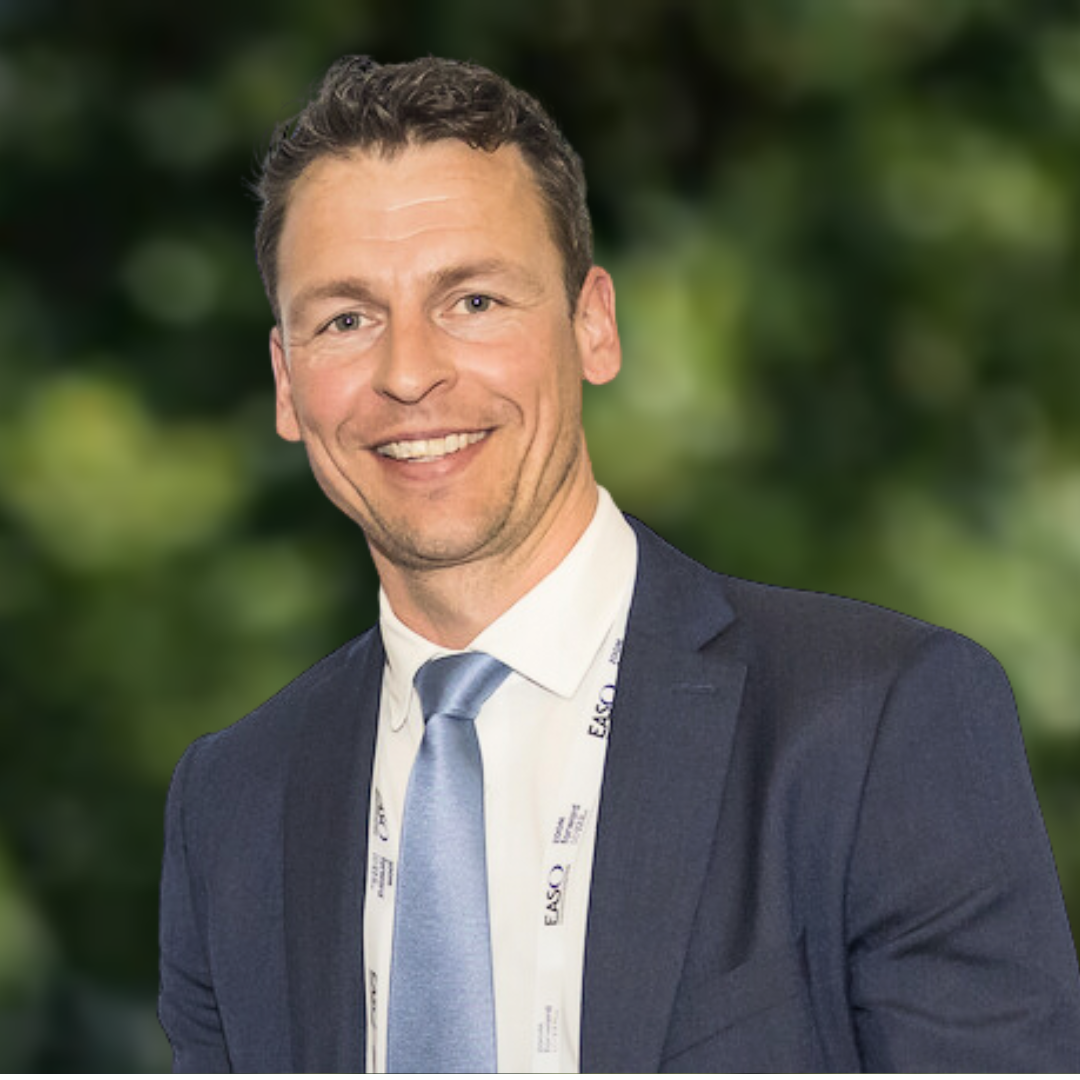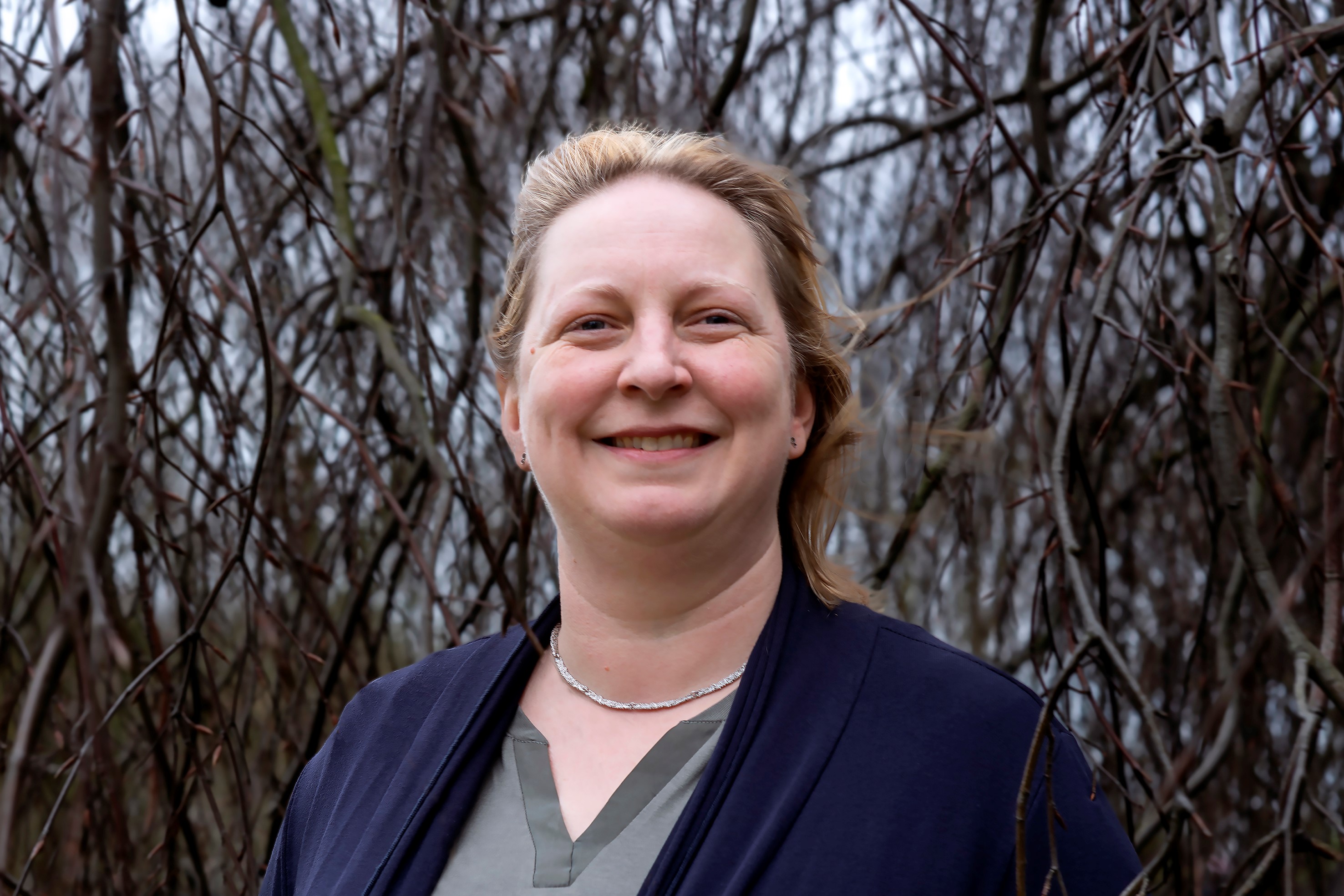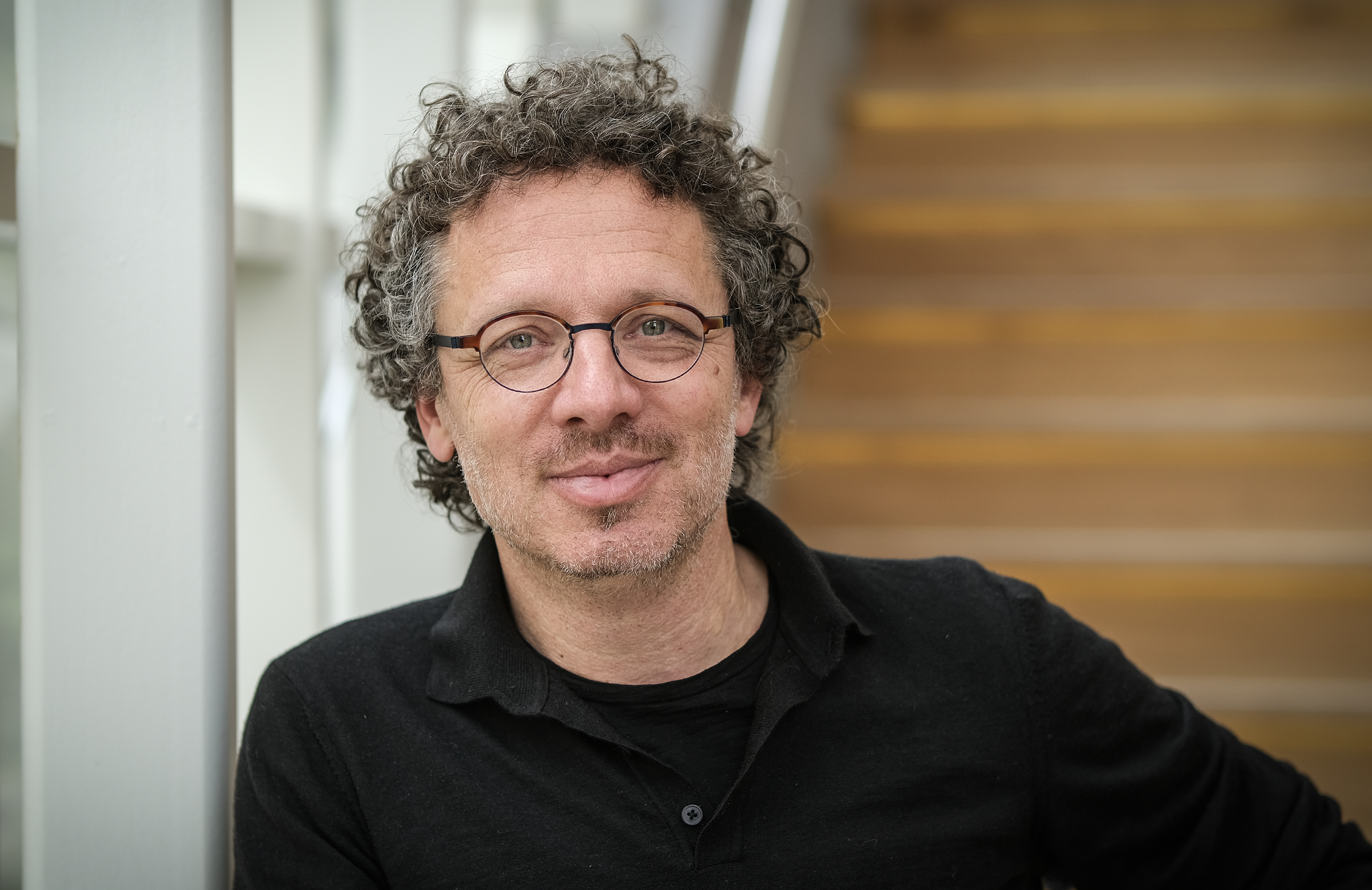Climate creeping up on refugee camps
Extreme weather events are becoming more frequent because of climate change. Not only does that cause a lot of forced migration, it also puts millions of refugees at risk. UNU-MERIT senior research fellow Sonja Fransen combines two major societal issues.
“It was inspired my depressing observations in the field…” For many years now, Sonja Fransen has researched forced migration and development issues such as refugee camp management. “I have visited many camp sites, primarily in Africa, and noticed that they are in locations that aren’t just bad, but very vulnerable: on top of hills or on slopes in the middle of deserts, in the middle of nowhere.”
Her approach tries to fuse two of the most pressing topics of our time: forced displacement and climate change. “The people in these camps are really susceptible to the consequences of climate issues like floods or droughts. Those issues are becoming more prevalent, so I wanted to focus my research on that.”
Location, location…
Refugee camps, for obvious logistical reasons, are often located close to borders. 90% of refugees originate from climate-vulnerable countries and 85% of refugees are in neighbouring countries. “Most people cross the border on foot in response to urgent humanitarian disasters. The camps are set up at very short notice by international organisations with the help of governments.” Sometimes those people are resettled but often the pragmatic makeshift solutions become semi-permanent.
Politically, migration flows are a delicate issue. “Just like in Europe, governments in e.g. Africa are often reluctant to host these people and try to ‘hide’ them from the local population, also out of concern that public opinion might turn against them.” Political will only makes so much of a difference. “In practice, funding is often so low and conditions so harsh, that organisers have to make do with what they have.”
For their first paper in this research line, Fransen and her team selected the twenty largest refugee camps in the world, which are mostly located in East Africa and Asia and host 4.5 million refugees, and mapped their exposure to climatic conditions. “Of course, we all had an intuition from our field work, but there had been no actual research on this until now.”
Climate hotspots
Over the last thirty years, there has been an increase in both rapid onset events like floods and slow onset events like droughts and temperature changes. There are so-called climate hotspots, particularly vulnerable locations, in which the effects are felt more and more often. “It’s getting worse – and that worsening is accelerating.”
The Dadaab refugee complex in Kenya, for example, has well above 200.000 inhabitants, many of whom have lived there for three decades following the Somalian civil war. The Horn of Africa famine is only one of the effects of climate change to hit the camps hard. “It’s located in a desert area, which is already very hot, but you see that the rainfall is declining over time. When it does rain, the soil is so hard and dry that it can’t absorb the water, which results in floods.”
There is an overlap between the most vulnerable regions to climate change and refugee camp locations. “We’re not suggesting any causal mechanism at this point, but intuitively it makes sense that the results of accelerating climate change lead to scarcity of resources and poverty which then makes violent conflicts more likely.”
The level of resources of the respective governments can mitigate the adverse effects – but only when combined with good policies. “One of UM’s master’s students, Veerle Joosen, wrote her thesis on the large asylum-seeker centre on Samos, called a Closed Controlled Access Centre (CCAC). The location is more favourable than the Kenyan desert, but the design of the centre creates additional vulnerabilities, like the lack of shade or the fact that residents are not free to move in and out of the centre.” The term ‘constructed vulnerability’ that Joosen uses to describe climate vulnerability in the centre, refers not so much to man-made climate change but to the refugee policies in question making people less resilient.
A matter of policy
A problem seemingly not immediately linked with vulnerability to climate events is refugee’s isolation from economic activity. With cities overcrowded and arable land in short supply, the camps are often disconnected from cities and the possibilities they provide. “People are not allowed to move, they are not allowed to work and thus can’t save money. When there’s a natural disaster, people can’t escape or cope with it. Even in developing countries, refugees are much more vulnerable to climatic events than local populations.”
Not every hazard needs to become a disaster. “In the Netherlands, we are below sea level but through policies and infrastructure projects, the population is relatively resilient.” Even in the worst-case scenario, the Dutch could use their statistically long legs to skedaddle to mountainous Austria and Bavaria. Just as free movement within the EU is a political choice, so are the rules for refugees.
Terrible living conditions might traumatise people but they won’t deter them from coming. “If you’re fleeing South Sudan, there’s no worse place than South Sudan. We know from research that refugees can even have a positive effect on economies if the policies are sufficiently liberal.” Here, Fransen mentions Uganda’s integration approach. “People are allowed to move from their settlements; they can work, mingle, and start families and businesses.” Fransen is applying for funding to research the effects of these policies on reducing people’s climate vulnerability.
“We need to rethink our approach and move beyond encampment policies.” Fransen hopes to expand the research line, integrate the topic into teaching and establish more international collaborations. “UNU MERIT’s research is policy-based research and we want to make a difference – that’s what keeps us motivated.”
By: Florian Raith
Photo UM homepage: Pete Lewis/Department for International Development | Flickr | CC BY 2.0 DEED

Sonja Fransen is a research fellow at UNU-MERIT's migration group, where she works on and manages several research projects on (forced) migration and policy impacts on (forced) migrant populations. She leads the Comprehensive Innovation team on Migration & Climate Action. She is also one of the principal investigators of the MISTY (Migration, Transformation and Sustainability) project.
Also read
-
A study conducted by the European Association for the Study of Obesity led by Prof. Gijs Goossens of Maastricht UMC+ published today in Nature Medicine.
-
"I am proud that our new Circular Plastics group published its first completely in-house research," Kim Ragaert says. She founded the research group three years ago, when she moved to Maastricht. Her work has laid the foundations for many innovations in the field of plastic recycling, and she is...
-
Drawing blood, inserting an IV, or looking into the ear; even seemingly simple medical procedures can cause anxiety, pain, and stress in children. According to pediatric intensivist Piet Leroy, comfort and trust are just as important as the medical treatment itself. Therefore, he is researching how...


